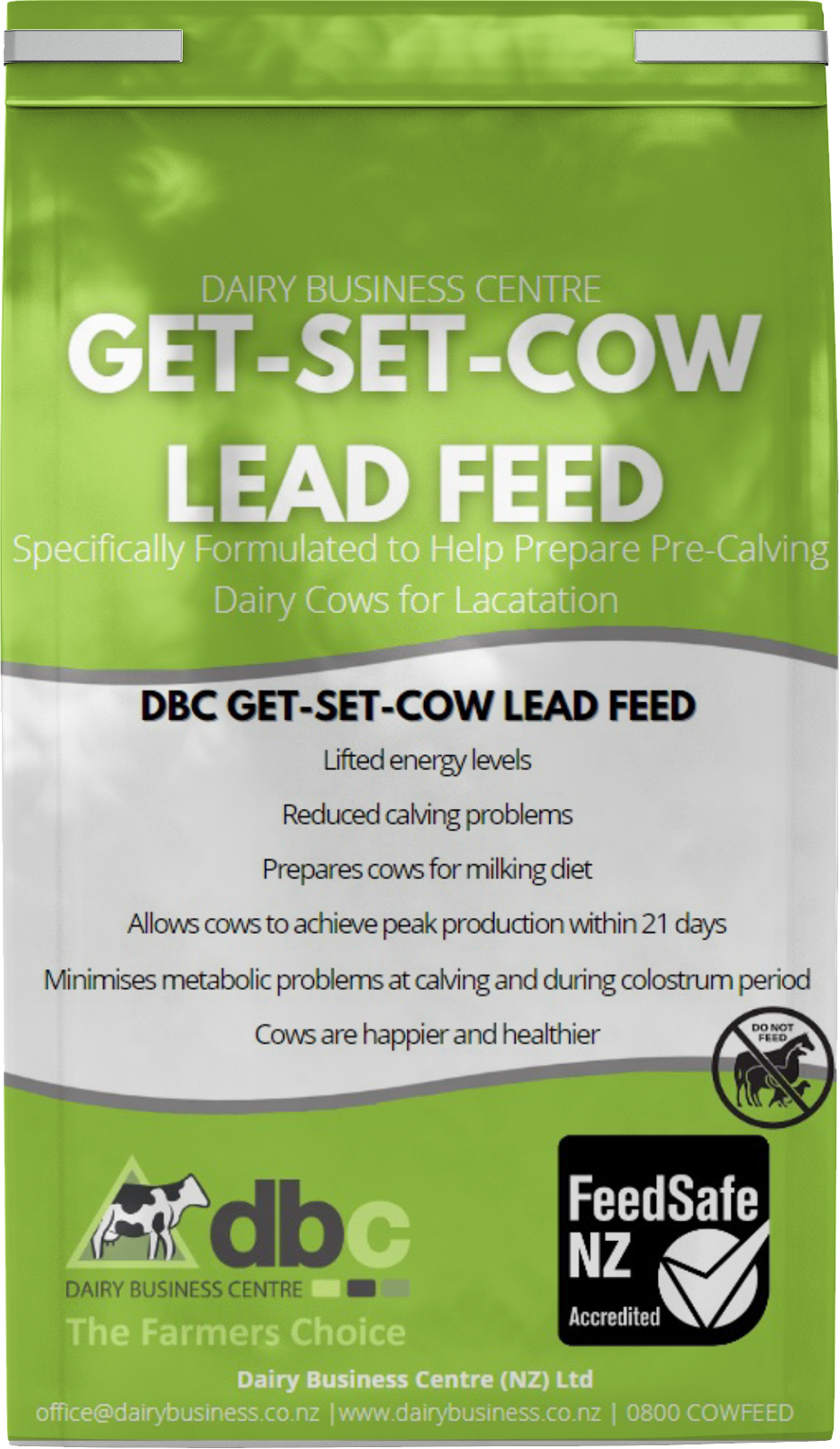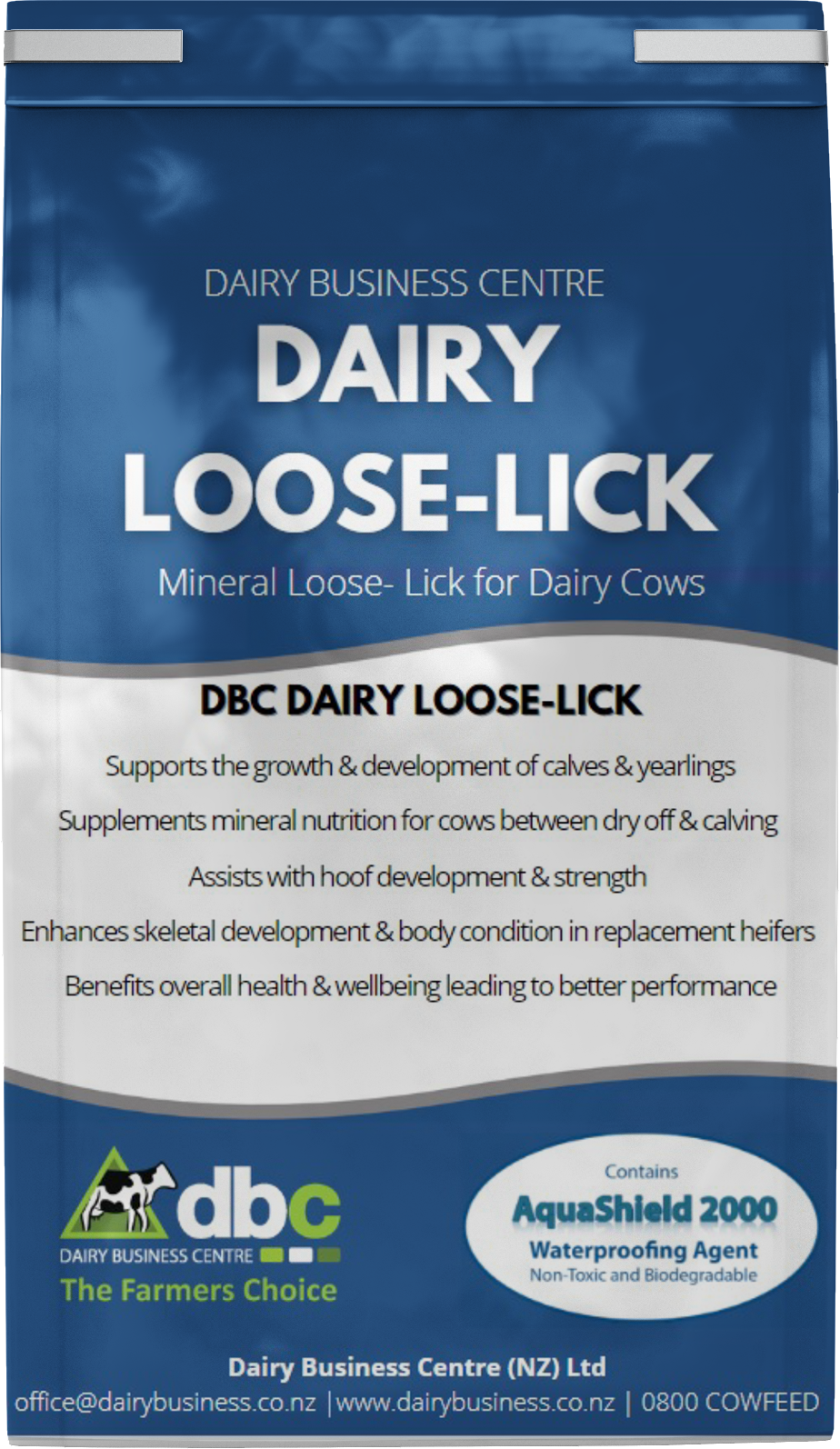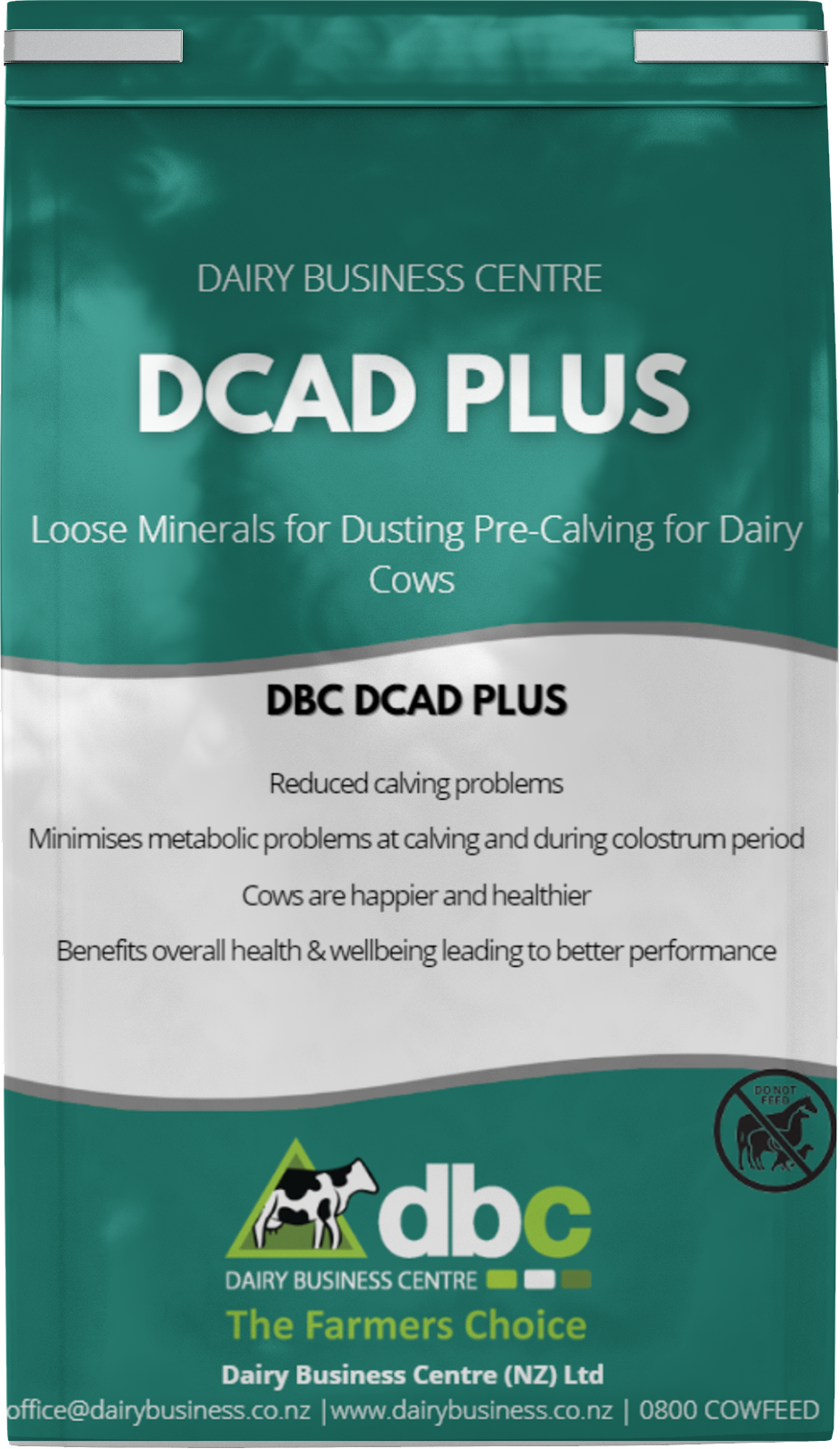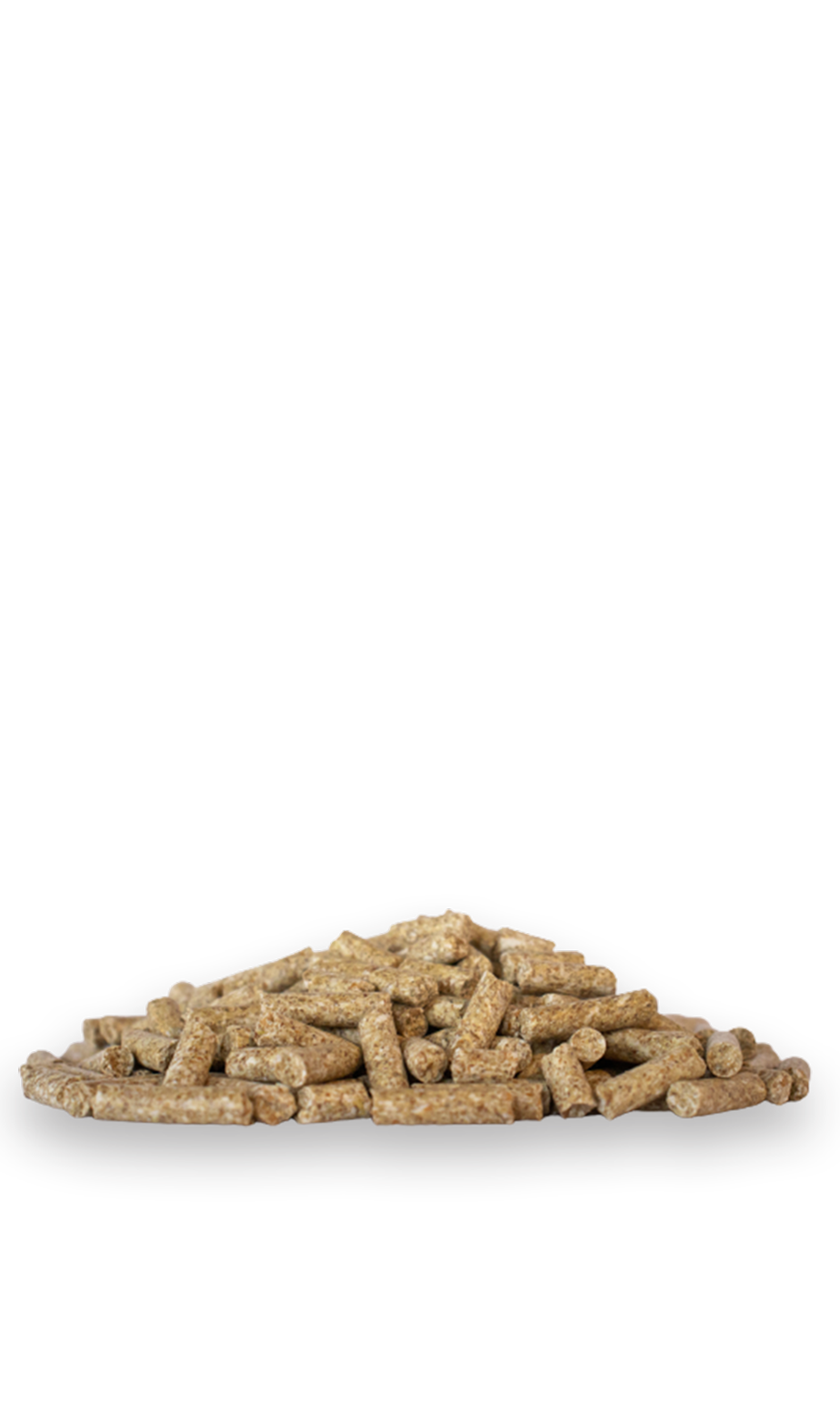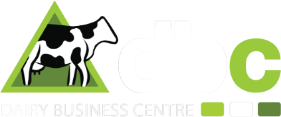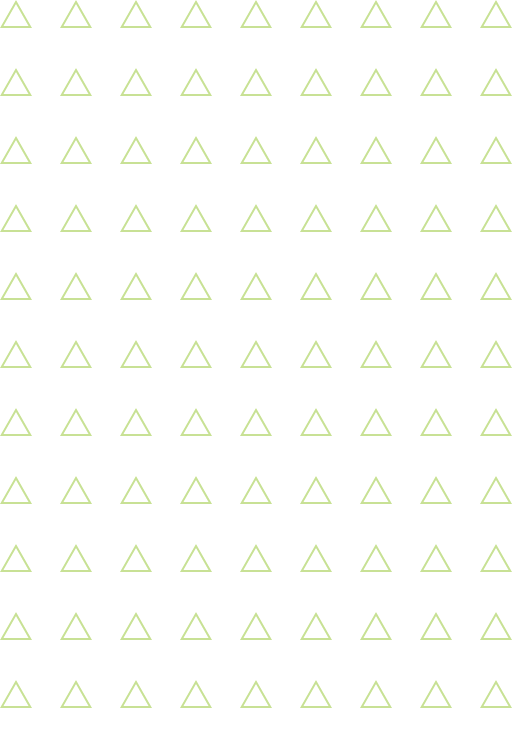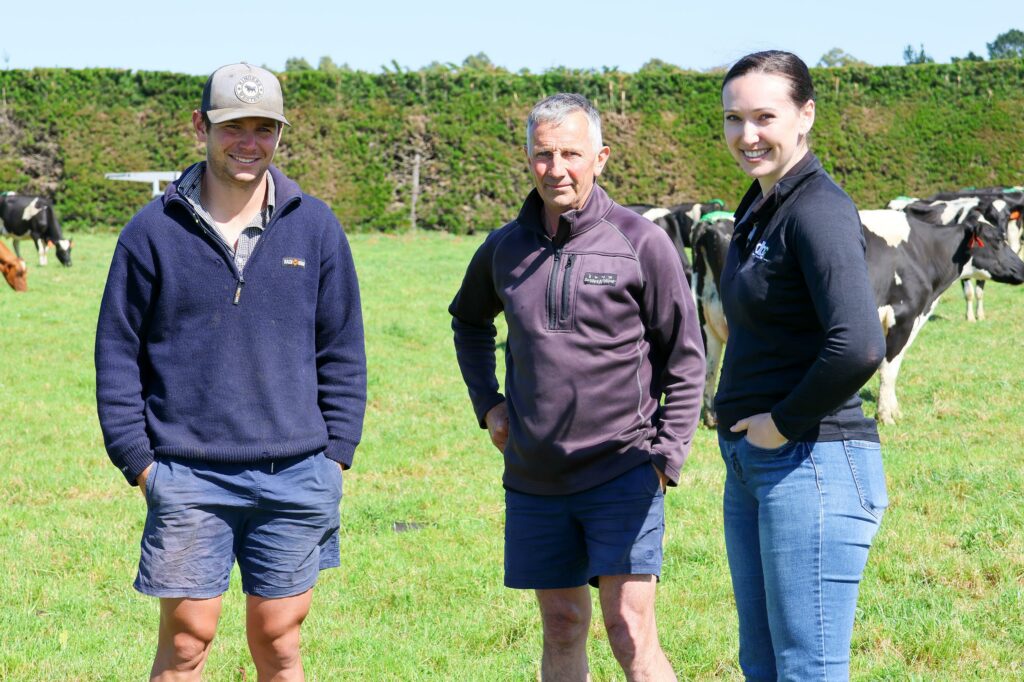A Canterbury dairy farm that took control of its milk fever statistics – minimising the knock-on health herd challenges that followed it – are on-track for a record season.
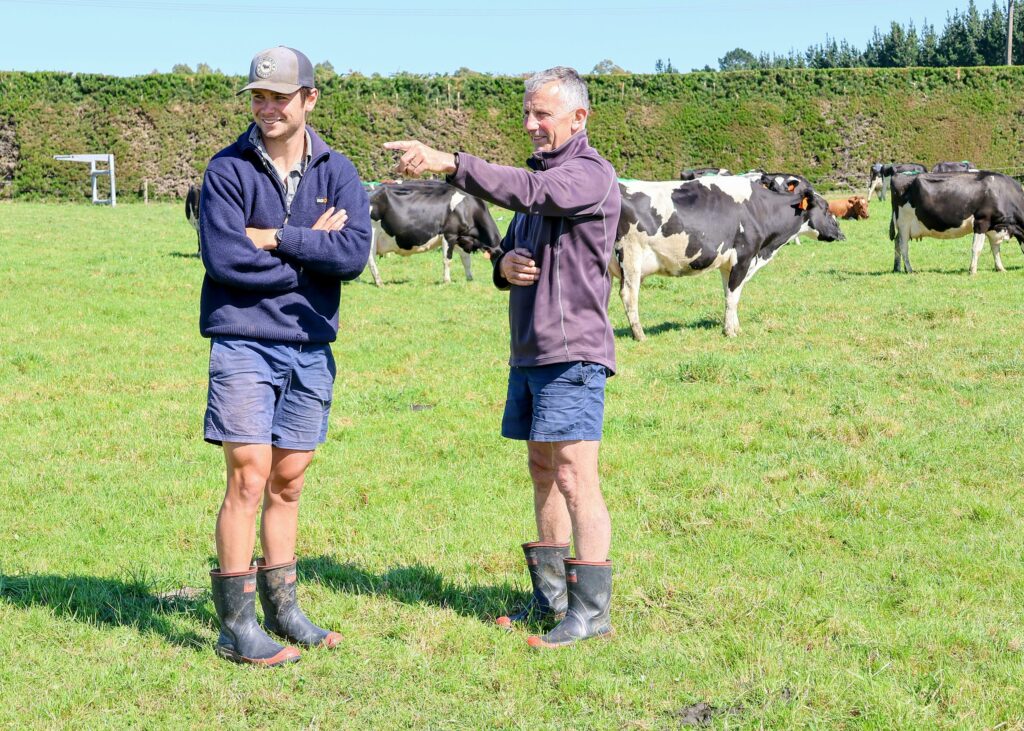
Milk fever (or hypocalcaemia) is a metabolic disorder caused by a lack of blood calcium at calving (usually within 24 hours of calving, but it can happen two to three days post-calving). The lack of calcium means the cow typically presents as being unable to stand. It is easily treated if it is caught early enough, but without intervention, the cow will die.
Within a wider conversation, high milk fever numbers are often symptomatic of bigger issues within the herd that are undermining potential peak production and fertility. There are seven post-calving conditions which are either triggered or exasperated by milk fever. One of them is sub-clinical ketosis (SK), and (on average) a whopping 75% of New Zealand cows silently suffer from SK.
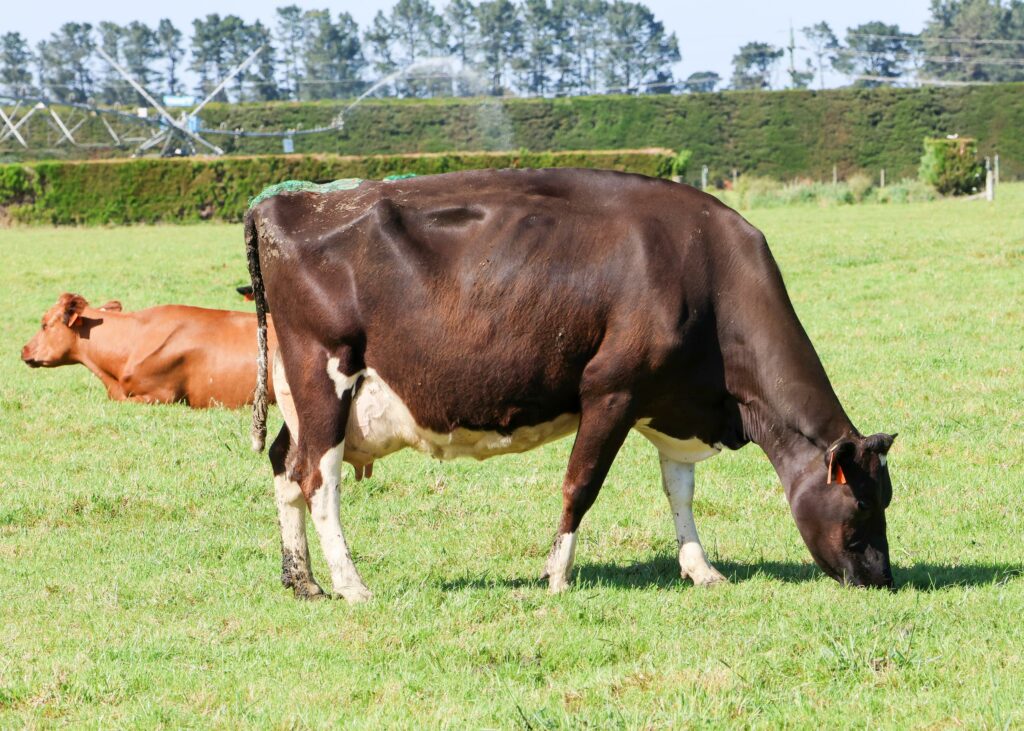
When you consider that half the profit per lactation per cow is generated in the first 100 days post-calving – and the most important time for reproductive performance is three weeks either side of calving – supporting cows through calving becomes a no-brainer for the smart operators.
One of the easiest pre-calving tools to offset a milk fever challenge is to feed a DCAD (dietary cation-anion) mineral mix [lead feed] to the cows 10 to 14 days before calving. It helps prepare cows for the physical drain of calving and sets them up to safely transition into the herd.
GET-SET-COW DROPS DOWNER COWS NUMBERS
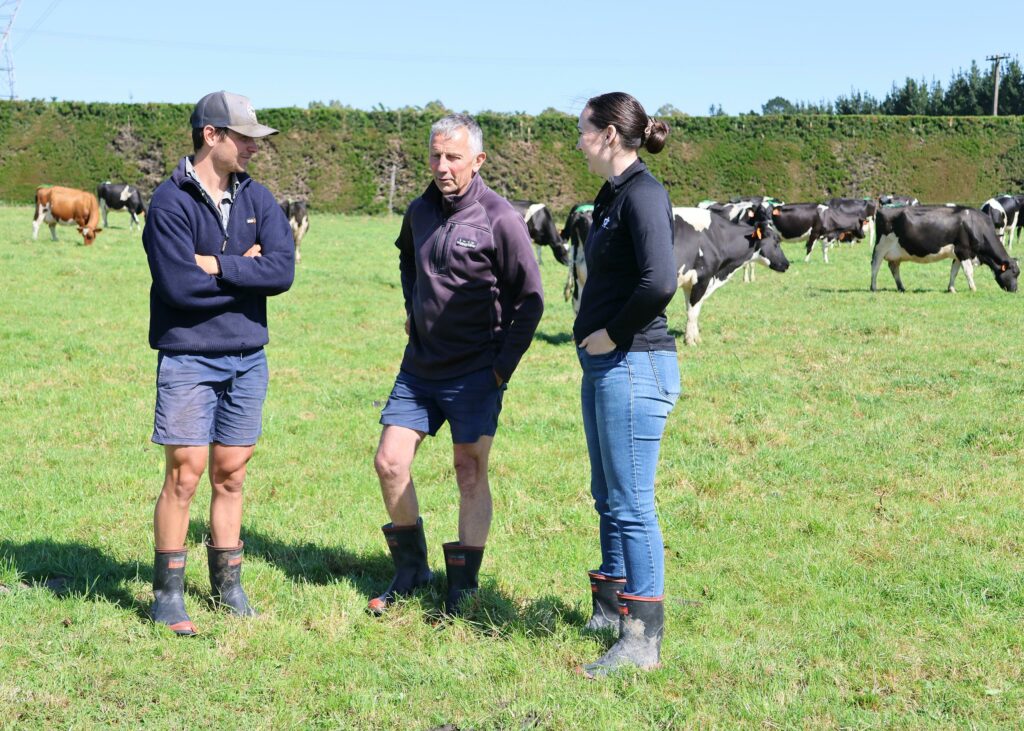
Sandbrook Farm, owned by the King family, near Burnham milks 670 cows (split into two herds on age) on 197 hectares through a 44-stand rotary.
This family – headed up by Peter and Adele – is busy on and off-farm. Two generations (Peter and son Samual) have routinely competed to the highest levels in the Coast-to-Coast two-day multisport event, and Peter and Adele’s youngest, Hannah, toured with the recent New Zealand Black Ferns women’s rugby team which played against England, Ireland, and France in England and Canada.

When Samual, 23, who has a Bachelor of Commerce degree from Lincoln University, decided to come home to the family farm – partially hastened because of Covid – the family finally had the bandwidth to focus on some additional detail within the operation.
Peter and Adele had traversed the challenges of different staffing and inconsistencies of management decisions before that – with production ranging from between 310,000kg MS and 328,000kg MS on 645 to 650 cows (up to 504kg MS per cow).
“When Adele and I were here without Samual, I felt like I was the gladwrap trying to cover all things, but very thinly,” Peter said.
A chance encounter with the Dairy Business Centre’s (DBC) Charlotte Flay at a cattle sale after Samual came home got them talking about their downer cow rate.
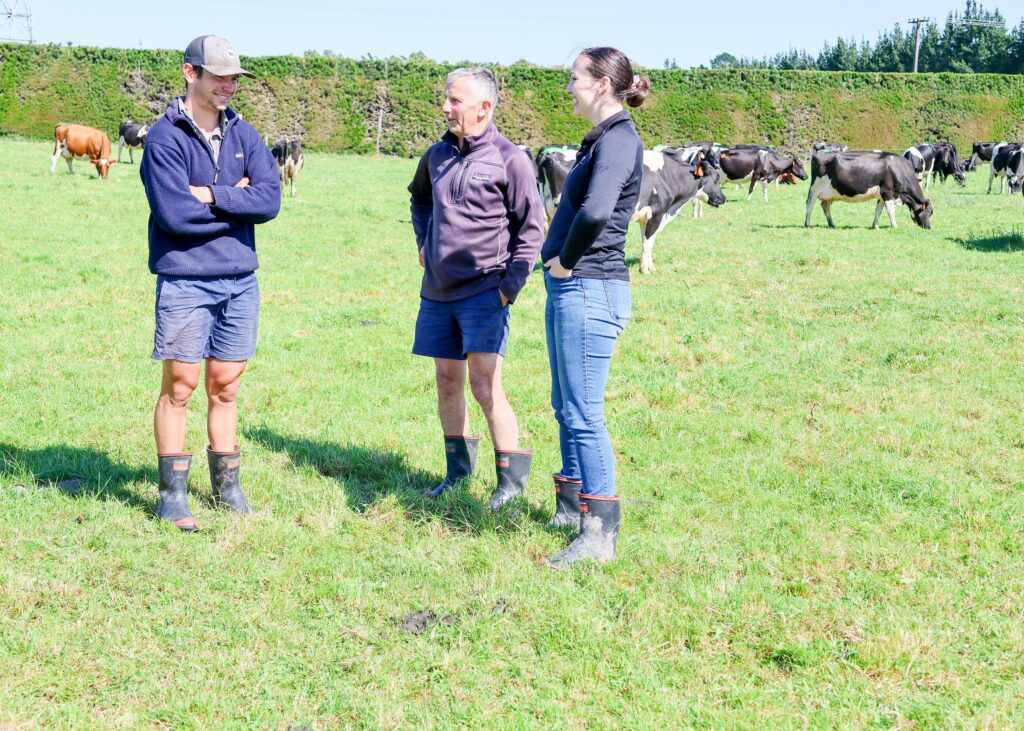
“I’d heard about lead feed,” Peter said. “We weren’t using it at that time, although we were dusting, and we probably had around the 10% (40-60-head) downer cows a year.”
DBC’s formulated lead feed, Get-Set-Cow, is fed at 3kg/cow/day in the 10-14 days pre-calving. It includes a blend of pelletised, anionic salts, calcium, magnesium, grain and protein. Designed for maximum palatability, it includes a full daily requirement of trace minerals, along with Rumensin.
DEVIL IS IN THE DETAIL
Over the last three years, the popular family has put into motion a finer focus on pre-calving management.
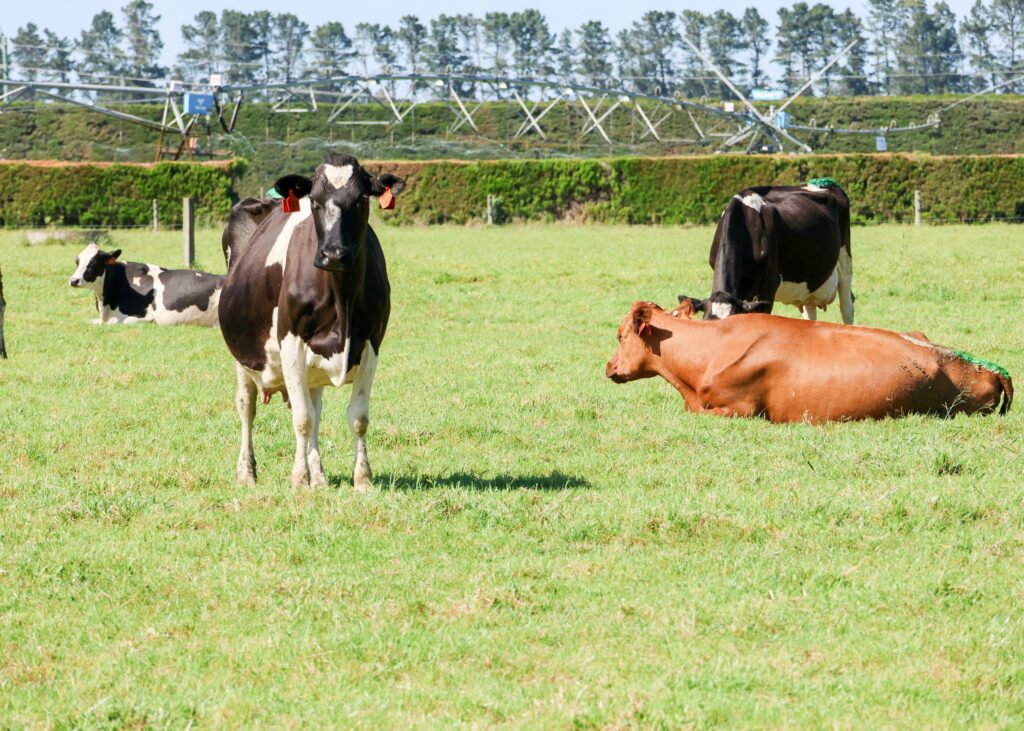
“We wanted to do things right. I was concerned about what those downer cow numbers were doing to our peak production, retained membranes, and transition times,” Peter said. “It was big picture, and we wanted to try and tick every box.
“Honestly, it was not so much about the money to treat sick cows, it was about the time it involved and the complications that came with it.
“I’d asked Charlotte about DBC’s lead feed and our vet had offered us a few different options, including feeding Maize. But the DBC’s Get-Set-Cow seemed the simplest and easiest thing to remove human error. We didn’t have to dust anymore either, which I really liked the idea of. I hate that stuff.
“Charlotte warned us it was going to cost a little extra, but she said she thought she could get our downer cow rate down below 3%.
“We’re at that number as of this spring. And, let’s face it, if we were getting 10% of the herd go down, we were probably getting another 15% sub-clinical that we weren’t seeing, but which would have been taking a toll on the cows.”
RESULTS HELP PAY FOR SECOND SILO
Charlotte recommended they also consider adding a second silo for the Get-Set-Cow. Which they chose to do.
Charlotte said, “We had a chat, and I figured that they only had to drop their downer cow numbers by 4% to pay for the new silo.
“I am a dairy farmer’s daughter, so I’m always on the farmer’s side, and how everything can work the best for them.”
Peter added, “The lead feed makes it a lot simpler, and everyone knows the routine. I also like that we don’t have to make things up, because the Get-Set-Cow is already pre-mixed and balanced and in a separate silo.
“It meant that we changed our pre-calving system out completely because we used to go out and draft the cows that had calved out of the paddock every day and run them up to the dairy. Now, we just bring the whole springer mob up to the dairy, we can check any cows were unsure about and draft the ones that are calved. It’s a plus that we don’t leave any sitting down in the paddock, because they can all get up.”
ON TARGET FOR RECORD PRODUCTION
The success with Get-Set-Cow propelled the family to also switch their feed pellet in the milking herd to DBC’s MILK-Maker feed pellet. They are into their third season using it.
It is a high-energy feed pellet designed to optimise production. It is ideal for achieving peak production in early lactation, it evens out protein in mid-lactation, helps during seasonal feed pinches, and sets cows up for the dry period. They are currently feeding 3kg per cow per day.
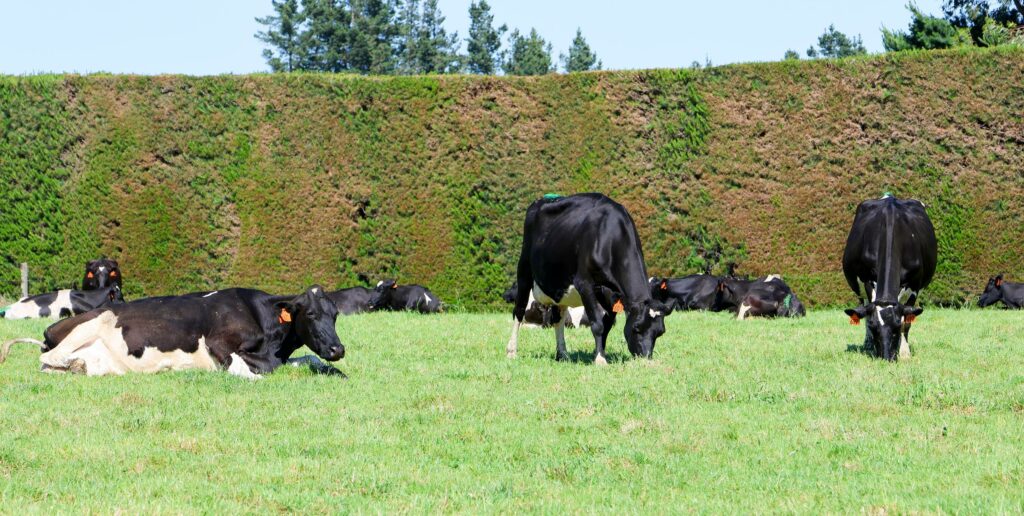
They also offer DBC’s water resistant LOOSE-LICK an adlib mineral supplement. Cattle only need to take one or two mouthfuls a day to deliver their daily mineral requirements. It includes 20% more available Phosphorous, five times more Copper, 1.7 times more Cobalt, 4.5 times more Selenium, and four times more Zinc and Iodine than a lick block.
Samual sent a video to Charlotte when it rained, because he was so amazed at how water-resistant it was.
“And, one of our workers inadvertently put the loose-lick in the water trough by mistake one day,” Samual said. “He then tried to mix it in. There was no way that was going to happen. It just doesn’t mix with water – it’s pretty amazing that way.”
With a more settled regime now – and DBC in the mix – the current season production is tracking 12% higher compared to the same time last December – with an (overall) season target of 9% higher (340,000kg MS).
Those numbers also put Sandbrook Farm on a trajectory to achieve a record per cow production of more than 510kg MS per cow, and it includes an improved six-week in-calf rate this season from 70% to 79%.
WORK-LIFE BALANCE, CHECK
Having control of their herd health, production and fertility has had as much of a positive impact on this family, as it has had on the cows.
Samual, who won the open two-day individual Coast-to-Coast in February 2024 (2nd overall) is gunning for another tilt at the top place in 2025. Peter recently decided to sit out his 14th Coast to Coast with a niggling hip injury. No doubt, he will transition easily into a knowledgeable support role for Samual.

As the father and son today exchange a good-humoured banter and there is no doubting the mutual respect they have for one another, as Samual steps into more of a lead operational role day-to-day.
“It’s been amazing to have him home. I never thought I’d get to say that, because I didn’t think he would decide to do it,” Peter smiled.
They have all also finally taken the opportunity to travel. When Samual completed his first year at Sandbrook in 2023, he spent three months travelling through England, Europe and America. Peter was quick to joke that Samual missed most of calving that spring.
This year, Peter and Adele travelled to Europe to watch Hannah play for New Zealand’s Black Ferns women’s rugby team at London’s hallowed Twickenham Stadium – inadvertently walking right into Samual’s comeback.
Samual smiled at his father: “I did the calving this year, while Mum and Dad were away, so you can’t throw stones…”
While both say it’s hard to know what makes the animal health picture work, they agree on one thing.
Peter said, “The lead feed was the big deal, and Charlotte knows what she is doing in terms of her advice…we like that.”
Related article
Making money milking cows on 5.5ha
Minerals and meal add milk
Southland dairy embraces high-performance biological farming
You can’t save yourself into profit
Managing Fodder Beet
DBC PRODUCT RANGE IN PLAY AT Sandbrook Farm
